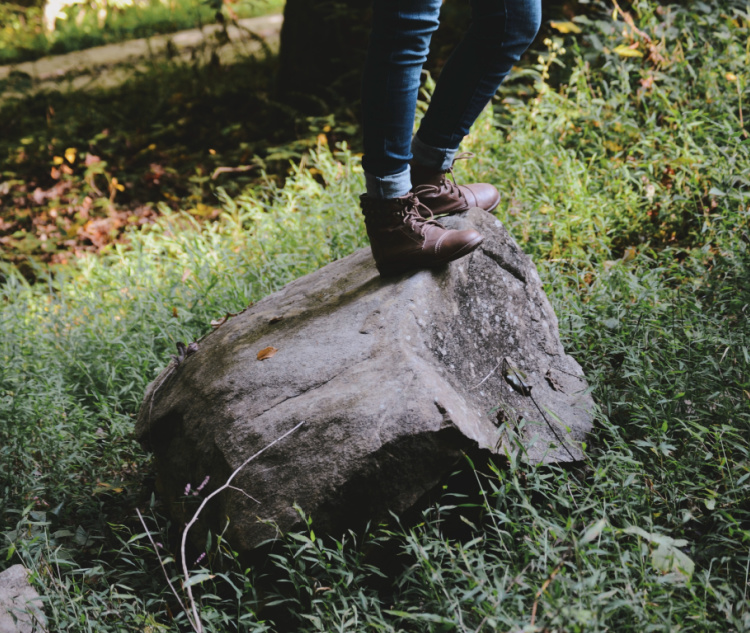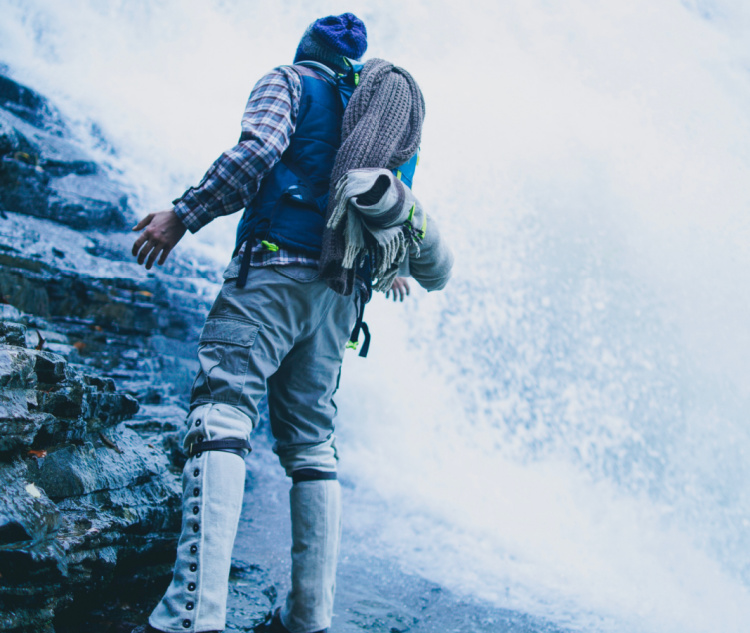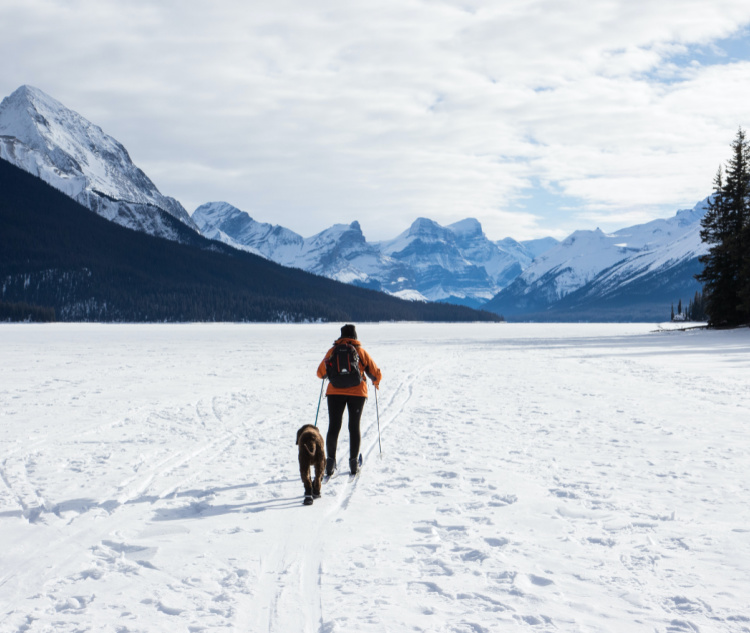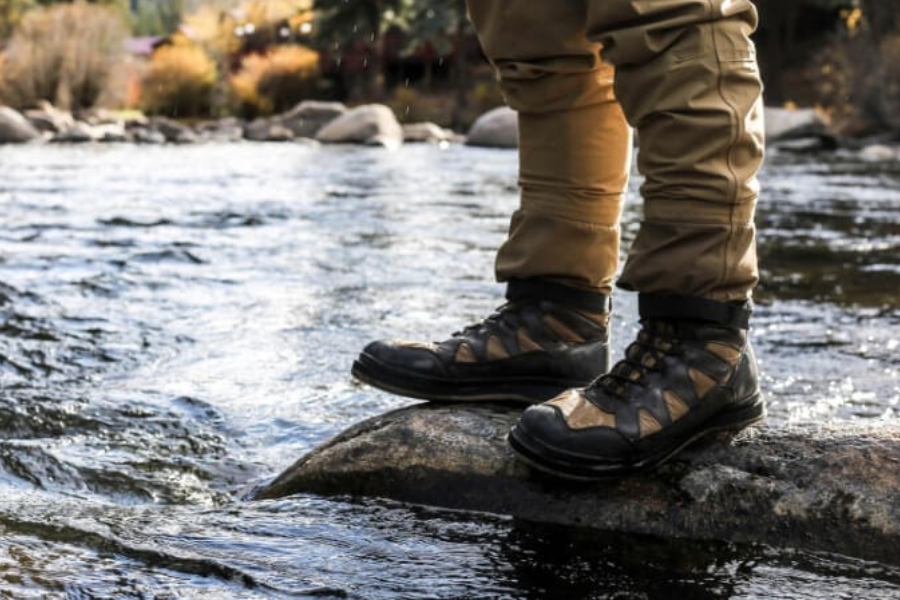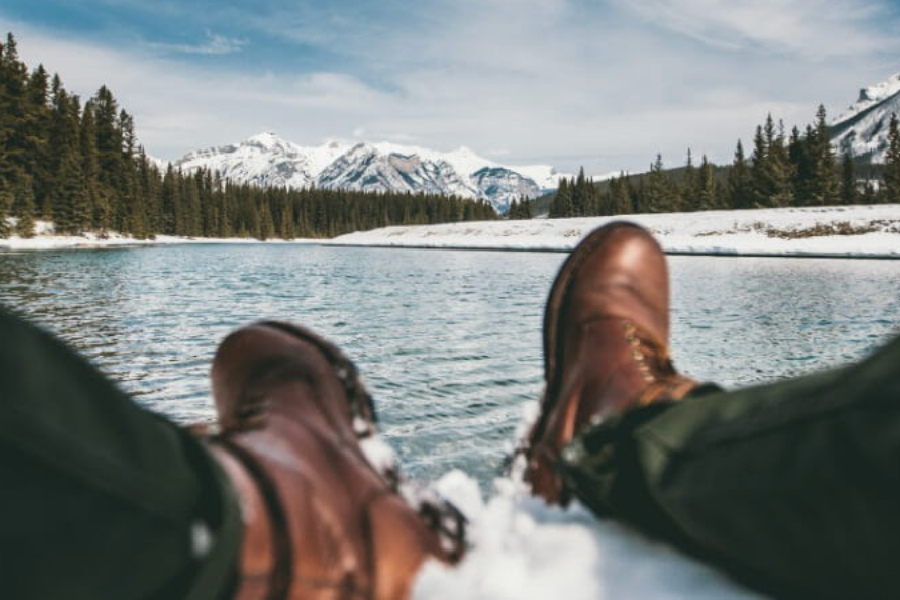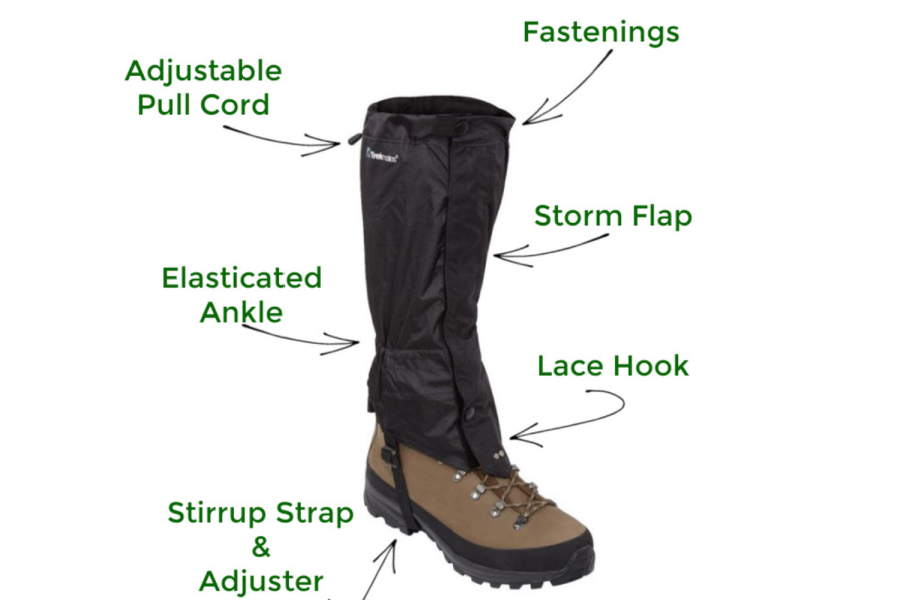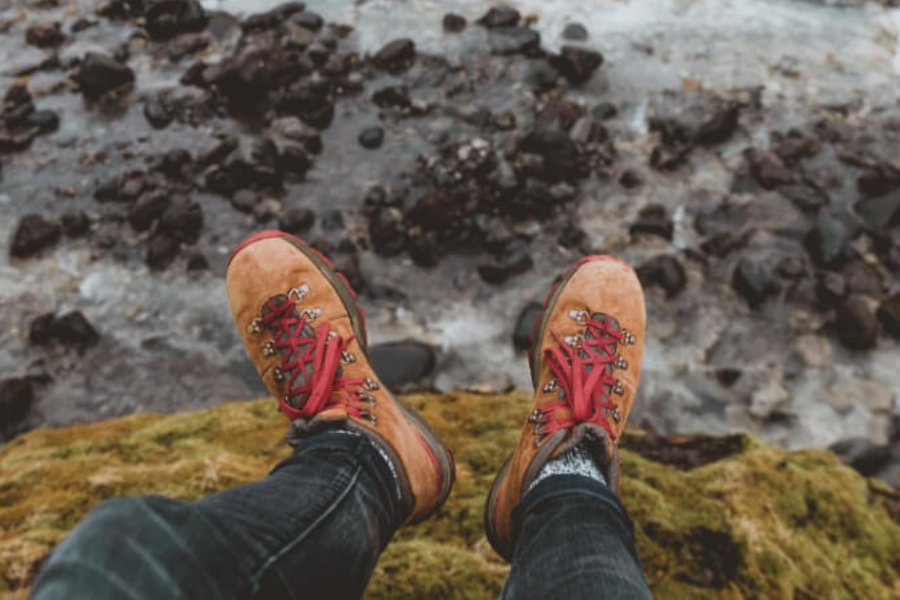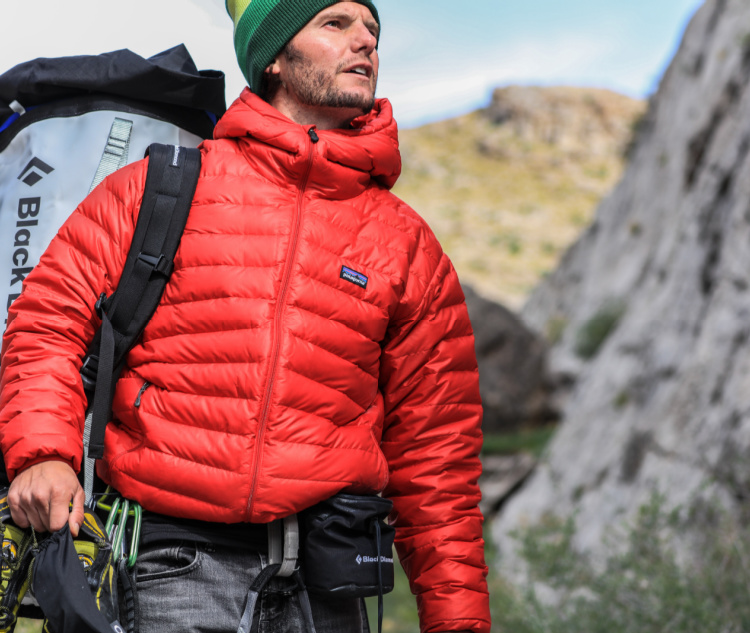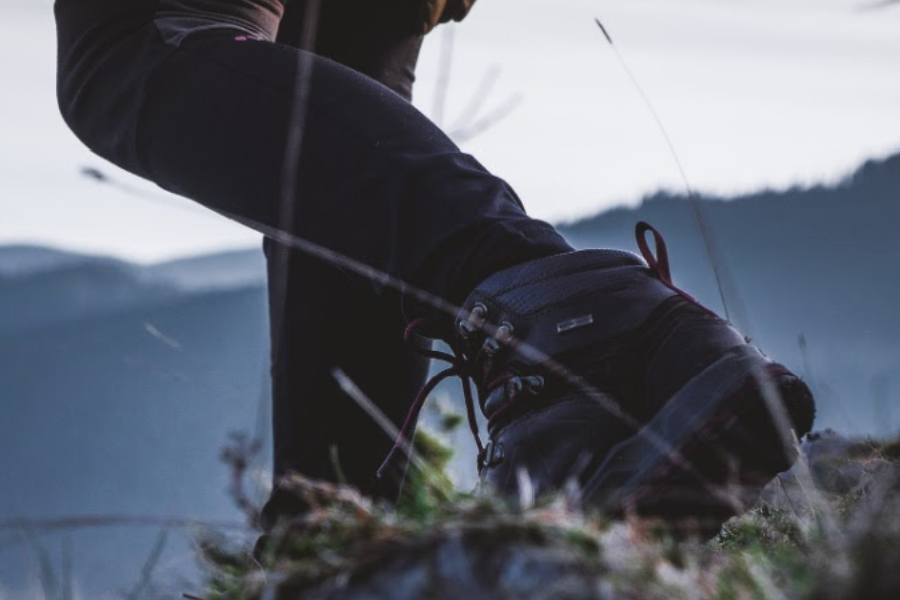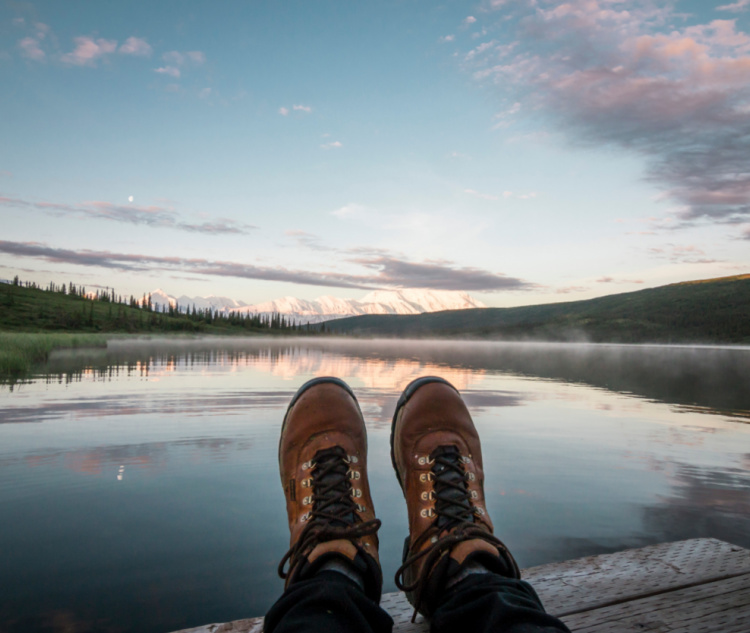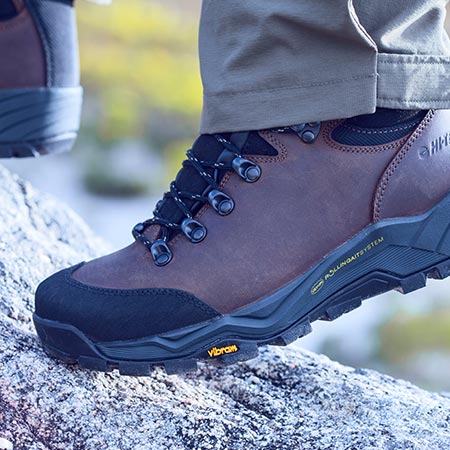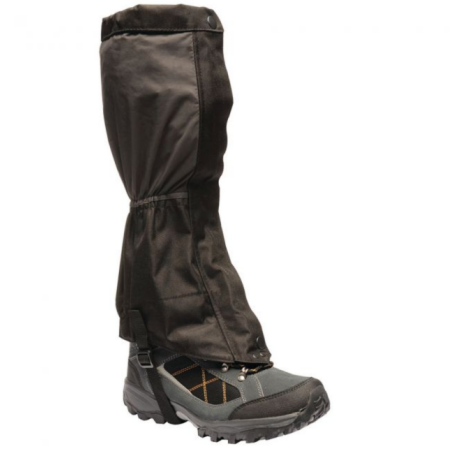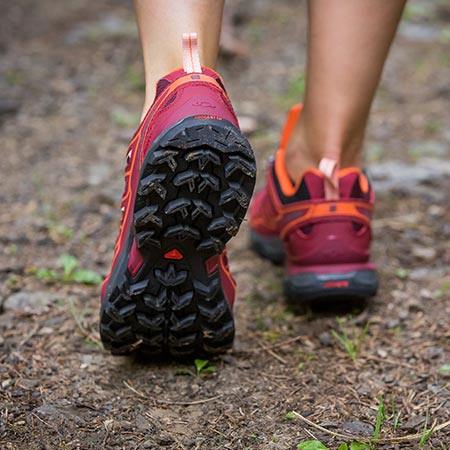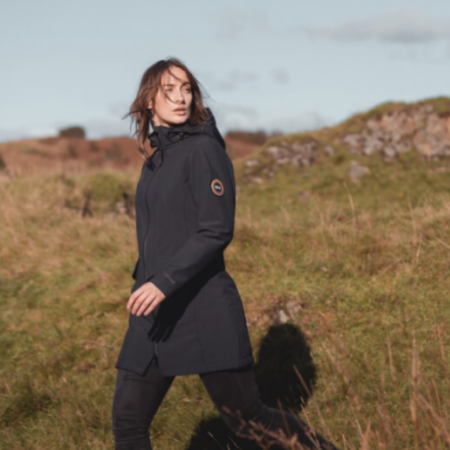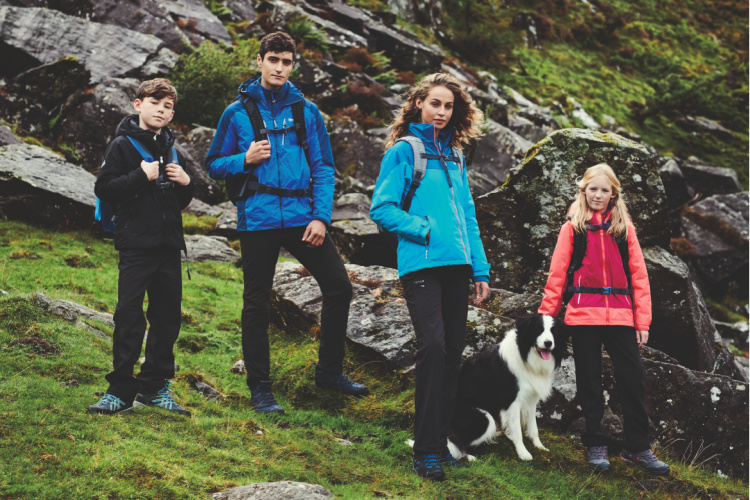What are Gaiters? Gaiters Buying Guide
With the colder months fast approaching, you’ll need to make sure you’re protected from wet conditions. There’s nothing worse than hiking or walking and getting wet socks. Not only is it uncomfortable (and cold) but it can lead to blisters, and you don’t want that. No one wants that.
So, Winfields Outdoors is here to give a detailed explanation of everything you need to know about gaiters. Read on to find out more about gaiters and why you need them…
A gaiter is a fabric guard that covers the gap between your trousers and your walking boots.
Try to think of a gaiter as looking like a cut-off sleeve with an attached loop on one end designed to easily hook under your boot heel by a strap.
The top part then wraps around your ankle or calf. Gaiters can also be fastened at the top for a tighter fit and generally have drawcords for adjustment. This helps to keep even more moisture out during your outdoor activities.
While they aren’t essential for hiking, gaiters can make a real difference, especially in wet weather. This is because once moisture gets into your boots, it’s difficult to dry them out while you’re on the move.
Gaiters also protect your legs by acting as a shield for the area between the edges of your trousers and your walking boots. They also cover the area at the top of your boot which can loosen as you walk due to laces becoming looser.
The whole purpose of gaiters is to protect your feet and lower leg from moisture or debris while on a hike or walk.
Most often, gaiters will be used as a shield against moisture – this can be rain or if you’re hiking through snow. They stop your feet, ankles, and lower leg from being vulnerable. Aside from protection against moisture, gaiters can also stop mud and debris, such as stones, thorns, or branches from entering your boots.
Basically, with a pair of gaiters, you’ll have a welcomed extra layer of defence to prevent anything from getting into your socks, boots, or trouser legs.
As we mentioned above, you could use gaiters at any time when walking – they are for your protection.
Typically, it’s always best to use walking gaiters if you know you’ll be hiking near or through muddy terrain, water, and/or snow. This will include walking while or after it’s been raining. You may need to cross a brook or stream, walk through wet long grass, or over snowy ground.
The same can be said for dry conditions. If you are on loose ground, you could put your gaiters on to stop small stones and debris from getting into your boots. You don’t have to start your walk with your gaiters on but it’s useful to have them to hand.
Tip: If nothing else, keep your gaiters in your pack/bag so that should the weather change or you get to a part of your trail that’s wet, muddy, or could leave debris, you can slip them on.
Ankle gaiters
The most common type of gaiter, ankle gaiters bind to the ankle and offer you protection from the top of your footwear to the bottom of your trousers. Often the most lightweight of all gaiters, they cover the crucial gap in between footwear and clothing. These are most often used for hiking on trails in dry and fair weather that isn’t too harsh or wet. They are best suited to terrain that isn’t too challenging and can be used for trail running.
Mid-length gaiters
Coming in between the ankle and full-length options are, naturally, mid-length gaiters. Measuring around 8 to 12-inches tall, these are ideal for rainy days and less extreme conditions. When you just need to keep trail debris and rain out of your boots, mid-length gaiters are ideal for your hiking boots or walking shoes.
Full-length gaiters
The most commonly found type in the walking and hiking community, full-length gaiters can measure around 15 to 18-inches tall. They offer the best protection to your lower leg, especially from, but not limited to, water and wet conditions. They will also protect you from dirt and debris. Designed for rugged conditions, these are popular among serious hikers as the classic accessory. Ideal for safely sealing in your lower half, they are the classic design.
Snow gaiters
Similar to full-length gaiters, snow gaiters can include an extension of the material to cover more of your foot. They may also be shaped to fit the angle of ski boots. Their primary design and function are to keep snow out when you’re walking, skiing, or boarding through large amounts of the white stuff. Ski pants – or salopettes – often have built-in snow gaiters to prevent snow from sliding in through the gaps between ski trousers and ski boots.
Gaiters come with key and iconic features, from a stirrup strap to lace hooks. We’ve highlighted each in the image below and briefly explained each one for you:
- Material: Gaiters are made from a synthetic fabric, such as polyester, with a durable water repellent (DWR) finish applied to the outside, or a waterproof and breathable membrane. Always a waterproof material, some will also feature tough, tear-resistant fabric.
- Fastenings: Cheaper gaiters will fasten with just Velcro while higher-end gaiters can be fastened with poppers or zips. Zip-fastened gaiters will be covered by a storm flap and even have waterproof zips.
- Pull Cord: An elasticated pull cord allows to adjust the fit of the gaiter to secure it tightly.
- Elasticated Ankle: Some gaiters may be elasticated at the ankle to give a closer fit and prevent water from getting in.
- Lace Hook: You may find that your gaiters include a lace hook for security. It allows you to tie your shoelaces to the gaiters to optimise their fit.
- Stirrup Strap: Made from either nylon or rubber, stirrup straps go under the outsole of your walking footwear to hold the gaiters down where the sole meets the heel. You should be able to adjust the strap and find the adjustment mechanism on the outside of the boot/gaiter.
- With your trousers and walking boots or shoes on, open up the gaiters completely. Make sure that the stirrup strap is fastened to both sides at the bottom.
- Ensure that the adjusting mechanism is on the outside of your footwear. This is how you know if your gaiters are on the correct leg.
- Lift your heel and position the stirrup strap under your foot in front of the heel section of the outsole. The lace hook should be at the front of the boots or shoes, but don’t fasten it yet. If you do, the tension will be too high for you to zip your gaiters.
- Zip the gaiters up by up to three inches and start to use the adjustable cord to prevent the zip from getting undone. Then, stretch the lace catch/bottom of the gaiter forward as far as possible, or use the lace hook to fasten it in place securely.
- Continue zipping-up the gaiters and adjusting fastenings.
- Adjust the gaiter’s stirrup strap. You should be aiming for a tight, secure fit. Secure or trim back the excess so the loose end doesn’t get in the way.
- Adjust the elasticated cord for a snug, comfortable fit that isn’t too tight – you don’t want to restrict circulation.
- Then, repeat the process on the other leg.
When you try on hiking gaiters, look at how closely the gaiters fit around your boots. There shouldn’t be any obvious loose areas or openings for moisture to get in. Also, you should pay attention to how the gaiters fit around your legs and calves. You don’t want them too tight to restrict circulation.
Check your gaiters each time you use them. Always check whether the stirrup straps, zips, and adjustable straps are in good condition. You should wipe the whole exterior surface clean with a cloth after each use and use warm water to clean them. Waterproofing spray will help maintain and reproof the surface.



